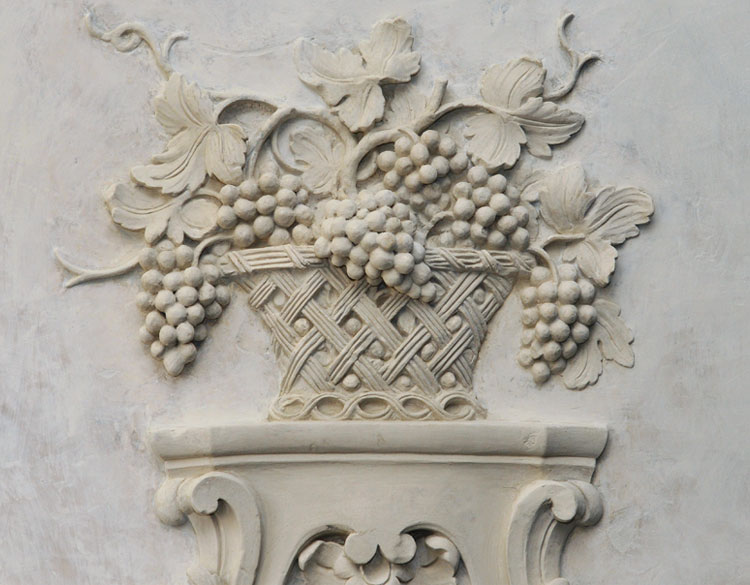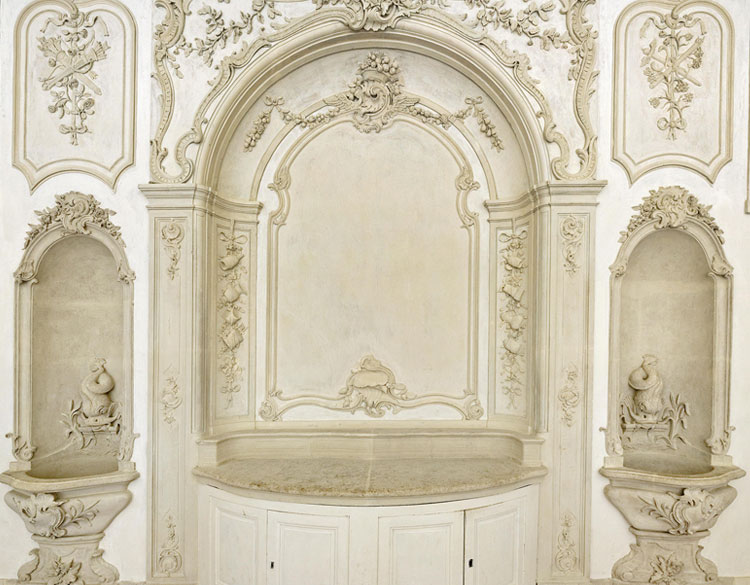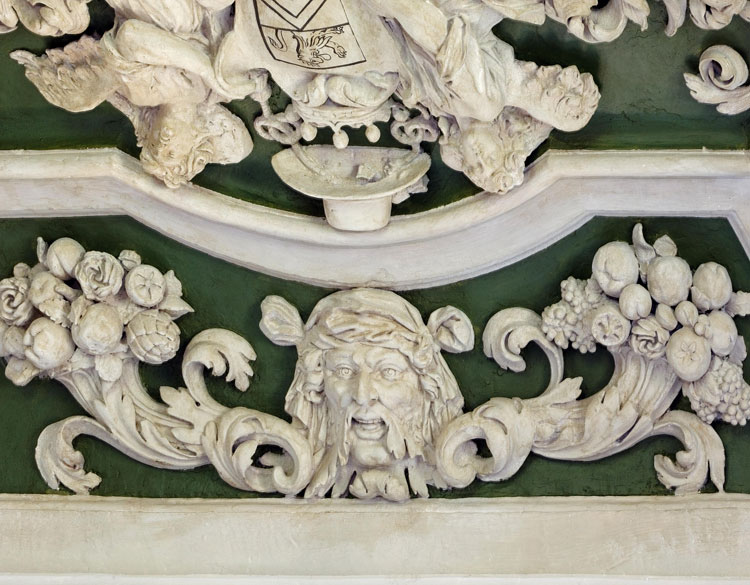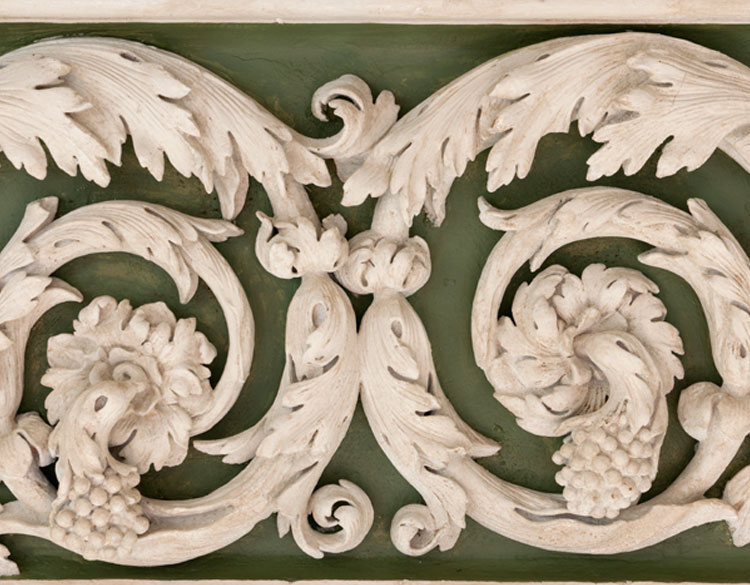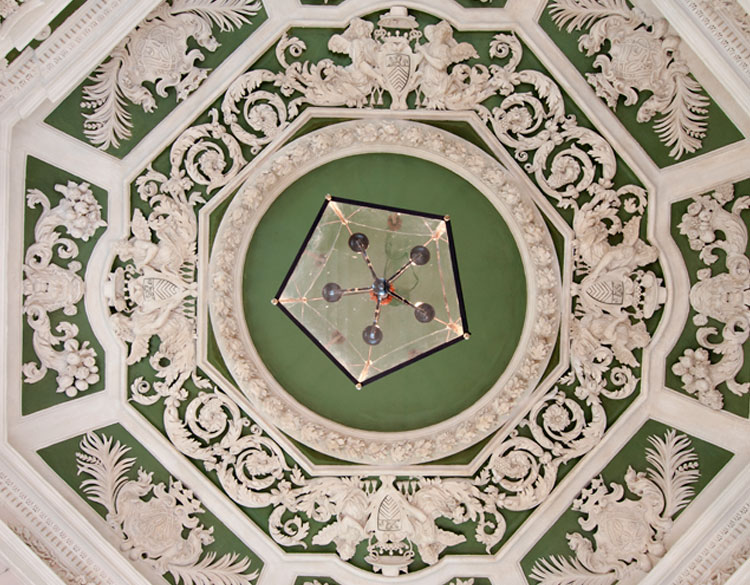The château of Suze on video
Discover the château of Suze-la-Rousse in a film shot in partnership with the Drôme Provençale.
Discover the château of Suze-la-Rousse in a film shot in partnership with the Drôme Provençale.
The château of Suze-la-Rousse offers an original journey in time and space around history, heritage and the vine-growing and wine-making activities in the Drôme.
Concentrated on the first level of the château, the visit enables to discover on the one hand the architecture and the remarkable decors of this medieval fortress refitted in the Renaissance into a "pleasure residence" and, on the other, the world of vines and wines through a multidisciplinary approach mixing arts and decorative arts, archaeology, history, ethnology, economics, training and wine trades. That project has been developed in addition to the training and teaching activities of the Wine University set up in the château, with the aim of increasing the importance of wine tourism in this land of vines, knowledge and heritage.
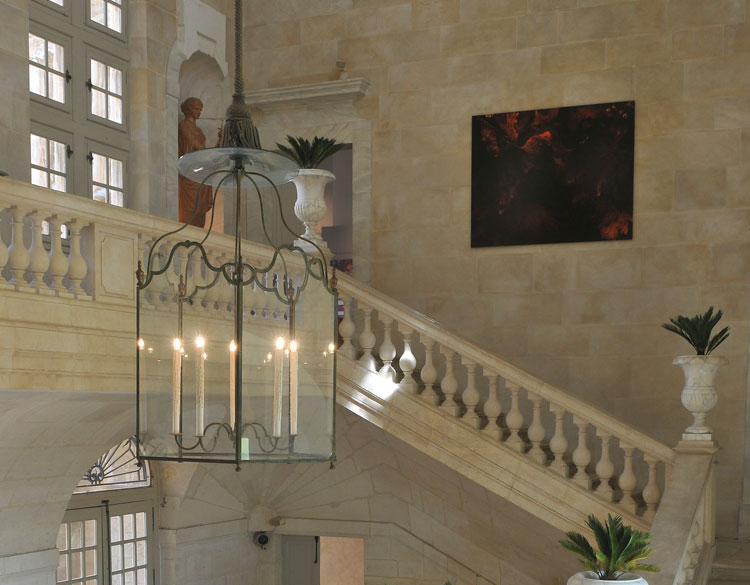
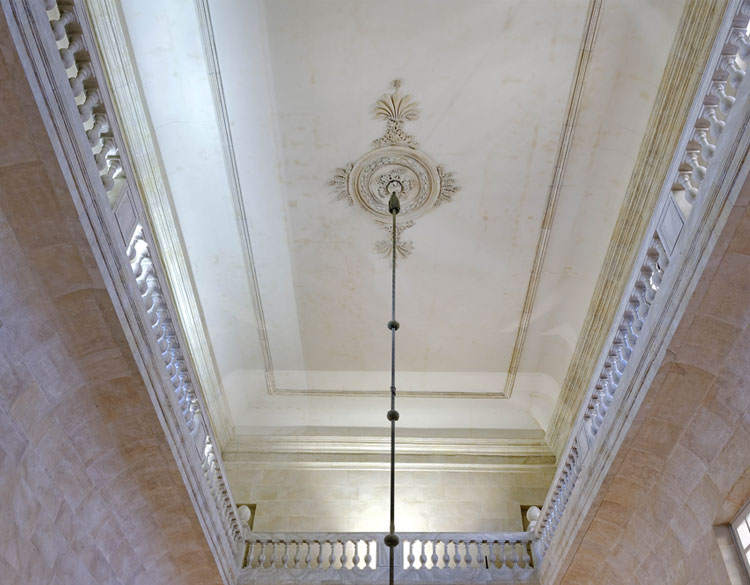
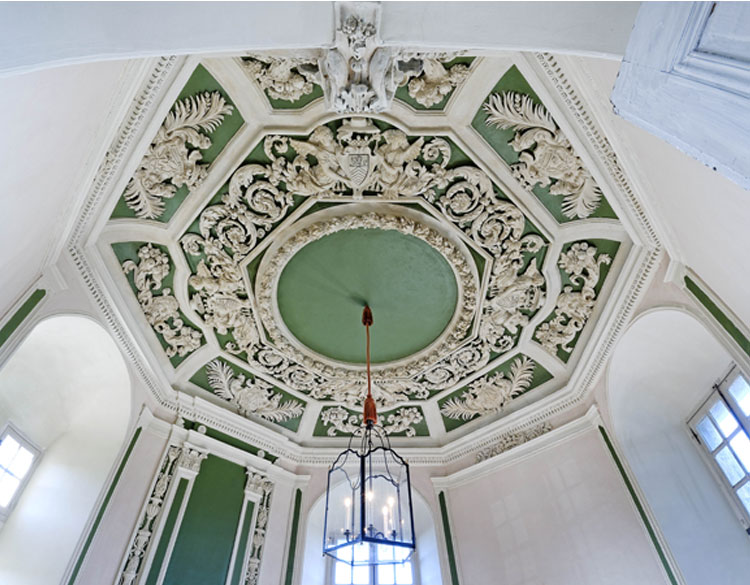
The decorative plasterworks illustrate the encounter of the Parisian academic models with the technical know-how and creativity of the Provençal decorative plasterers.
Such decors were in vogue in the châteaux and private mansions in Aix-en-Provence, Avignon and Montpellier in the middle of the 18th century. Refinement, elegance and playfulness were in fashion. Lines were supple and shapes curved. This Louis XV style was also called "rocaille" since it is reminiscent of natural stones and shells. Plaster was applied by hand, from top to bottom, following an outline made directly on the wall with charcoal, red chalk or with a point. The work required precision and know-how, the shapes and reliefs had to be right before the gypsum dried out. Once the plaster had hardened, the pattern was finished with tools such as gouges, double bevel chisels, hooks, claws...
In Suze-la-Rousse, from the old interior decorations of the château, two nineteenth-century wall paintings remain, repainted on top of sixteenth-century originals, as well as decorative plasterwork from the 17th and 18th centuries. They are the only witnesses of the modern decorative programmes of the residence.
In the 17th century, the château was fitted out lavishly including an octagonal room with a surprising decor. Inside a tower, the latter demonstrates the will to modernise the interior decoration whilst stating the seigniorial identity of the place. High-relief ornaments stand out on coloured backgrounds of pink and green. Combined with heraldic designs (cardinal's hat, patron's monogram), the naturalistic repertoire, widely spread in French interior decoration since the Middle-Ages, was a symbolic promise of fertility and abundance for the house and its occupants.
In the middle of the 18thcentury, the rooms of the château were modified to keep up with those of the great aristocratic residences of the time. The second antechamber of the "à la française" apartment, created in the previous century under the influence of the Versailles model, was thus given the new function of dining parlour. The latter found itself situated on the noble floor, the first floor.
Concerned about the prestige of his house, the Marquess of Suze modernised the two main reception rooms with decorative plasterwork in the rocaille style: a great hall in the south wing and a matching dining parlour in the centre of the north wing. The designs were evocative of the pleasures of country life to the rhythm of the seasons. They show evidence of the change of status of the residence which, whilst remaining a symbol of the seigniorial power, became a holiday place.
The dining-room decoration dates from the years 1745-50. The rocaille ornament unfolds following a remarkable play of curves and counter-curves. The repertoire is mainly naturalistic: scrolls of leaves, cascades of flowers, garlands, bouquets, a wealth of rocaille and shell motifs. That naturalism offers picturesque effects full of subtlety and playfulness. The four seasons and the four elements are represented with a playful inventiveness and an exceptional sculptural talent.
The great hall decoration dates from the 1770s. The cartouches include motifs in relation to hunting, fishing, pastoral music where flowers prevail. Themes inspired by the country were actually quite common in eighteenth-century decorative arts, especially in Provence.
An important restoration project of the decorations has recently enabled to rediscover their uniqueness and exceptional quality. The decors of the château of Suze-la-Rousse must be considered from now on as art pieces in their own right, close reminders of the mineral beauty of the site and its wooded environment.
read more
